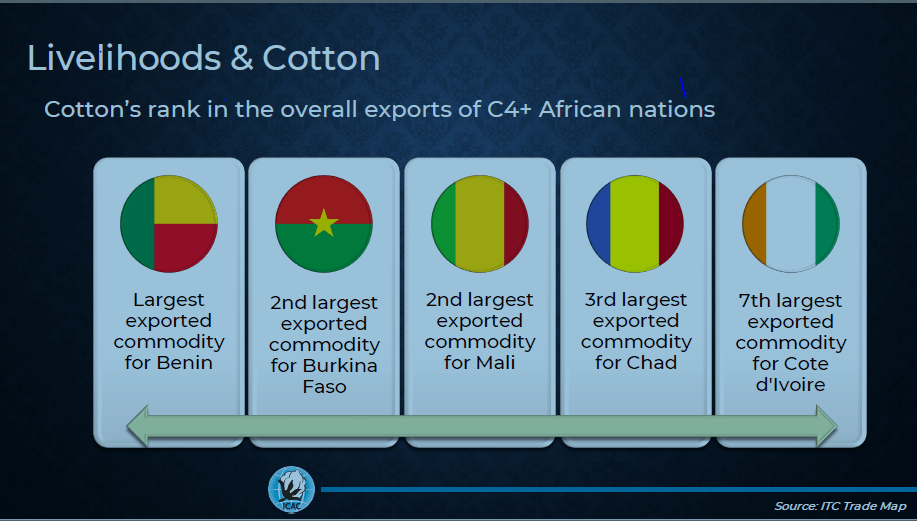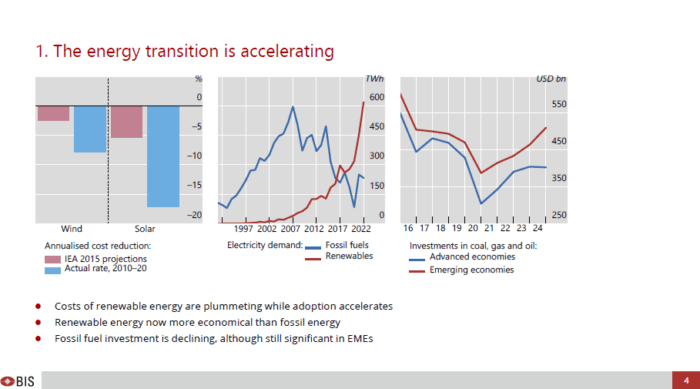The transition to sustainability in the global commodities sector is one of the most pressing challenges of our time.
Last week, I attended the UNCTAD Global Commodities Forum 2024 at the UN's Palais de Nations, where discussions focused on the need for regulation in the pursuit of a more sustainable future. As businesses and governments strive to meet the UN's Sustainable Development Goals (SDGs) by 2030, regulations are playing an increasingly pivotal role in steering industries toward more sustainable practices.
However, creating a just transition—where environmental sustainability is achieved while ensuring that no one is left behind—has proven to be a double-edged sword. While regulations are necessary for promoting environmental sustainability and social equity, they can also create new challenges. This article explores these paradoxes and how the transition to sustainability, while necessary, is far from straightforward.
The Promise of Sustainability Regulations
At the forum, experts discussed how regulations can drive positive change in the commodities sector. A key theme was the need for traceability and transparency in global supply chains. Traceability standards help ensure that agricultural and mineral products are sustainably sourced, minimizing their environmental and social impacts. These regulations empower consumers to make informed choices and encourage industry-wide improvements.
However, these regulations can also create significant challenges. While designed to drive sustainability, they often impose costs and complexities that hinder industries, particularly those with limited resources. Additionally, these regulations can create barriers to entry for smaller players in the supply chain, making it harder for them to compete in a market that demands certification and compliance with strict standards.
Challenges for Smallholder Farmers and Emerging Economies
While sustainability regulations present opportunities, they also pose significant challenges, particularly for smallholder farmers in developing countries. These farmers, crucial to global food production, often lack the resources to meet complex certification standards. As Rodrigo Carcami-Diaz, Officer in Charge at the Commodities Policy Implementation Section of UNCTAD emphasized, “The transition must be inclusive, and smallholder farmers must be integrated into the regulatory framework to avoid exclusion from global supply chains.”
While regulations encourage companies to adopt sustainable practices, they can raise costs for smallholders, making it harder for them to compete in the global market. Rafael Dakinho Mafra, Agricultural Attaché at the Brazilian Mission to the WTO, noted, “Smallholder farmers are the backbone of many commodity industries, but they are often left behind in the conversation about fair pricing.” Without adequate financial support and access to the resources required to meet new standards, these farmers struggle to fully participate in sustainability initiatives.
Moreover, poverty compounds their difficulties. It limits access to financing and traps farmers in a cycle of low productivity and exclusion from higher-value markets. Michel Arrion, Executive Director of the International Cocoa Organization, passionately stated, “Stop greenwashing. Stop paying for glossy sustainability reports and pay a better price to the farmer.” This plea underlines the systemic issue of large corporations claiming sustainability without truly supporting farmers at the grassroots level.
Cotton and the Cost of Sustainability
Cotton offers significant environmental benefits compared to synthetic materials, as it is biodegradable and can sequester carbon. Sustainable cotton farming uses less water and fewer pesticides than commonly assumed, and its carbon sequestration potential can help mitigate climate change. However, it can cost up to 30% more to produce than conventional cotton, creating barriers for both producers and consumers.
While cotton’s higher price creates challenges, its benefits for both the environment and society are clear. It supports millions of smallholder farmers, especially in Africa, where it drives poverty reduction and women’s empowerment. As Eric Trachtenburg, Executive Director of the International Cotton Advisory Committee (ICAC) pointed out, “Cotton can be a positive force against climate change... It has tremendous potential, particularly in Africa, for poverty reduction and women's empowerment.” Despite these advantages, cotton faces fierce competition from cheaper synthetic alternatives that contribute to the glut of landfills, driven by overproduction and overconsumption in fast fashion. This fast-paced cycle makes it harder for consumers to embrace sustainable options, despite cotton's far more sustainable profile.
The Need for Cross-Sector Collaboration
To address these challenges, the forum highlighted the importance of collaboration between the private, public, and state sectors. Effective regulations require dialogue between businesses, governments, and international organizations to ensure that policies are enforceable and equitable. Lian Allub, Principal Economist at the Development Bank of Latin America and the Caribbean (CAF), stressed, “A just transition requires equitable partnerships that recognize the essential role smallholders play in the commodities sector.”
Governments must ensure that regulations are crafted with the participation of all stakeholders, including local communities and producers. For example, CAF has supported renewable energy initiatives in Latin America, emphasizing inclusive policy frameworks. This approach integrates the needs of both smallholders and larger corporations, allowing for economic diversification and helping countries move away from fossil fuel dependence while supporting sustainable development.
Sonatrach: Pioneering Sustainability in Algeria
It is evident that we still need to rely on fossil fuels while making the transition to cleaner energy. Sonatrach, Algeria’s national oil and gas company, plays a pivotal role in this transition. Although it is primarily known for its oil and gas operations, Sonatrach has made significant strides in pioneering sustainability. The company’s commitment goes beyond just carbon capture technologies and renewable energy projects. Sonatrach has also led large-scale reforestation efforts, planting over 400,000 trees over the past decade. While the success of these projects is still unfolding, this initiative not only helps reduce carbon emissions but also creates jobs for local communities, especially in rural areas where employment opportunities are scarce. Mohamed Réda Ouguenoune from Sonatrach highlighted, “In addition to reducing emissions, our tree planting projects create jobs for people in Algeria, giving them a direct role in our environmental efforts.” This shows how sustainability and social equity can go hand-in-hand when companies prioritize community involvement alongside environmental goals.
However, while Algeria and Sonatrach embrace greener initiatives, natural gas and hydrocarbons remain critical in the short-to-medium term. Valerie Ducrot Executive Director of the Global Gas Centre noted, “Natural gas serves as a key element in stabilizing energy grids, especially as renewable sources like solar and wind can be intermittent.” This highlights the role of gas as a bridge fuel, helping to support energy systems as the world transitions toward a more sustainable energy mix.
Innovative Solutions and the Role of Technology
While sustainability regulations pose significant challenges, the forum also showcased innovative solutions to help overcome these hurdles. As we move away from fossil fuels, the need to mine rare earth metals such as lithium and cobalt to power our green future becomes more pressing. This is where technological advancements like biomining and phytomining come in. These processes, which use plants or microbes to extract valuable metals from ores, offer promising solutions to reduce the environmental impact of mining. Both methods help lower the carbon footprint of mineral extraction, supporting the shift toward cleaner energy by making the materials needed for renewable energy production more sustainable.
Looking Ahead: The Road to 2030
As we approach the 2030 SDG target, continued dialogue and collaboration between governments, businesses, and communities are more critical than ever. The road ahead is challenging, but with bold actions, transparency, innovative solutions, and an inclusive approach, the commodities sector can play a pivotal role in creating a more sustainable and equitable future.
It would have been great to have seen more attendees at the forum, particularly from the trading houses, which are an integral and influential part of the supply chain. With issues as pressing as this, we need all hands on deck to make a just transition to sustainability goals for 2030—not just a pipe dream but a reality. In the words of Michel Arrion, "We cannot afford to wait; the time for action is now."
By the same author:
1er Forum de l’Employabilité: A Step Towards Inclusive Recruitment
Salon RH Lausanne 2024: The Future of HR Takes Centre Stage
Images: BIS, ITC Trade Map, Nesrin Everett








